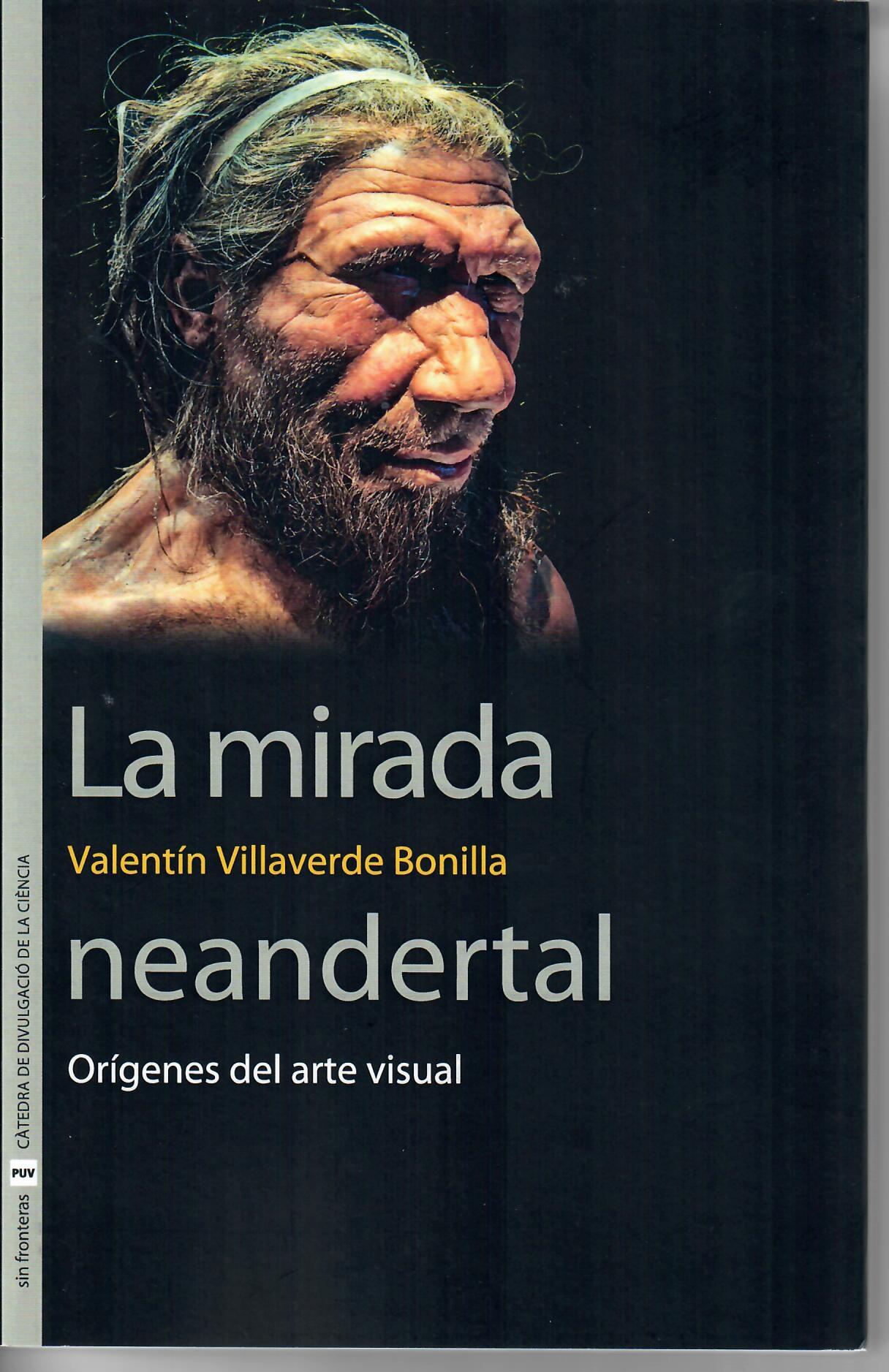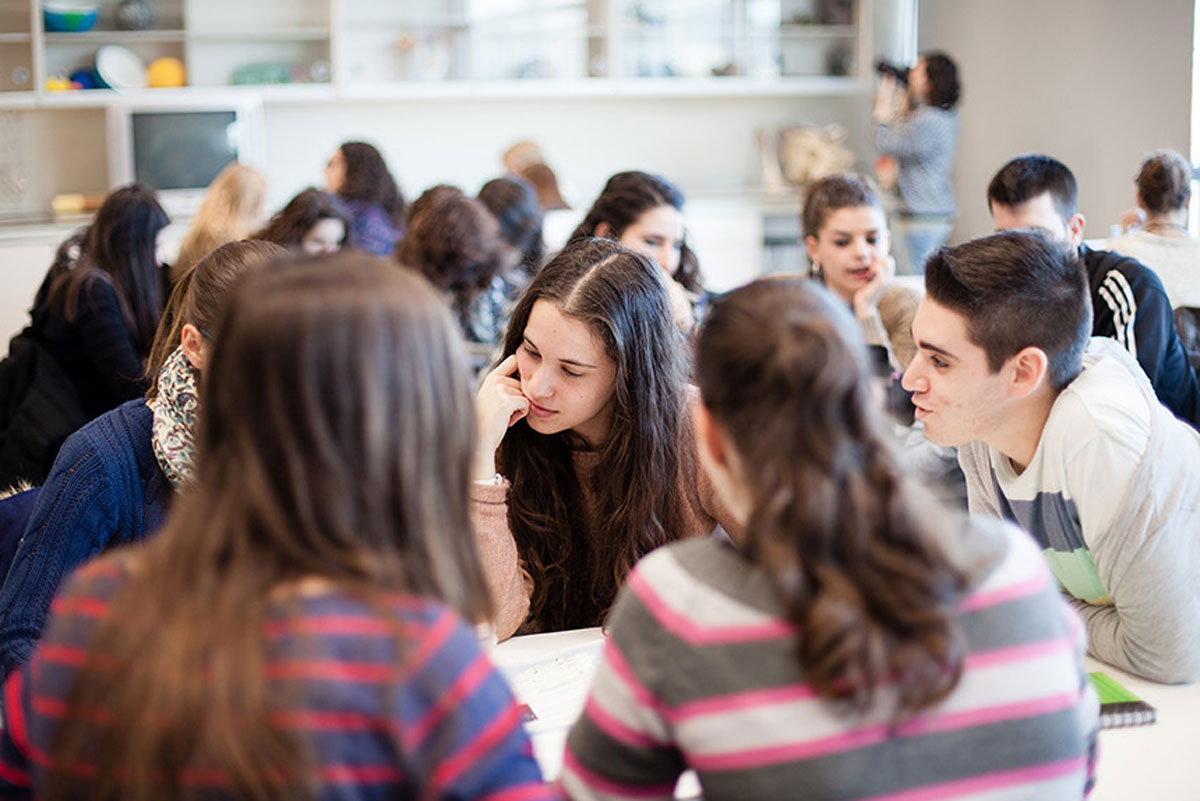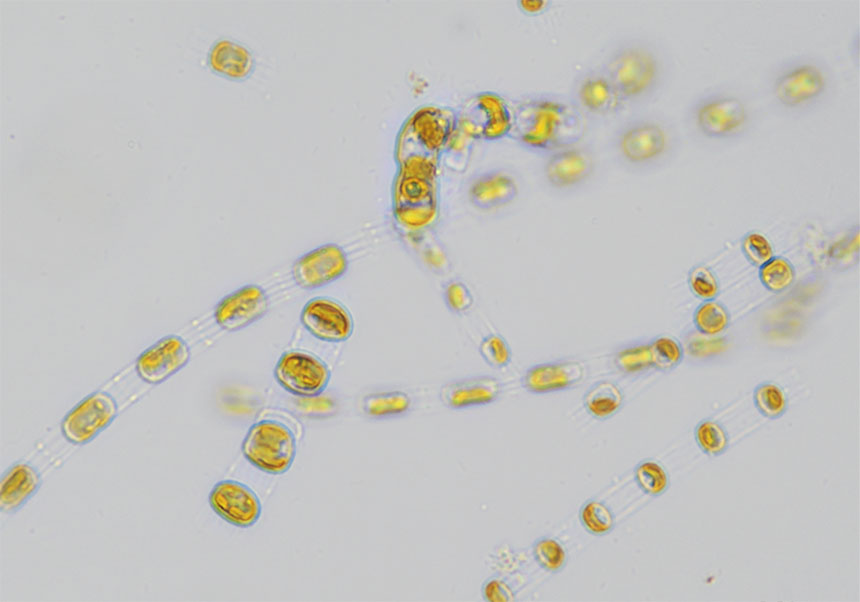Valentín Villaverde analyses the birth of visual art from the Neanderthal gaze in a dissemination book
- Scientific Culture and Innovation Unit
- December 3rd, 2020
The professor of Prehistory at the University of Valencia, Valentín Villaverde, explains the beginnings of visual art, one of the characteristic features of the human essence, in the book La mirada neandertal (‘The Neanderthal Look’), a work that aims not only to document this prehistoric art but also to introduce reflections on the definition and origin of art. The work will be published in the «Sense Fronteres» collection of the Scientific Culture and Innovation Unit of the University of Valencia, created to promote works that disseminate knowledge from an informative point of view.
The author wants to “establish an explanatory panorama of the birth of visual art” in order to explain the origins of this mode of expression and thus be able to know how it is internalised in human nature. Although there are currents that consider that images began to be used from homo sapiens sapiens, or modern man, the author defends that it is a behaviour “rooted in our evolutionary past”, in other species, such as Neanderthals.
“In recent years, the view of the human evolutionary process has changed substantially when it comes to assessing the cognitive abilities of Neanderthals and appreciating their cultural capacity. The archaeological evidence available allows us to consider that Neanderthals made use of visual art, in the form of engraved and painted images or body ornaments, to transmit personal and group information. In other words, they went through the use of visual symbols to transmit information”, said Valentín Villaverde.
It is a combination of approaches, both archaeological and biological. The first investigates the findings and evidence of these cultures, while the second deals with the evolution with which hominids developed the ability to produce and use signs, a vital trait that facilitated the transmission of information and knowledge, as well as forming societies that they guaranteed their survival.
The oldest visual art includes both drawings and accessories and body accessories that indicate an aesthetic intention. The work analyses the different explanations proposed to explain their function in Palaeolithic societies, such as reproductive success, being able to better perceive and understand their world, as a tool that allows them to manipulate and persuade others, or as the result of the intelligence and culture, since images reinforce the transmission of information, by endowing it with aesthetic emotion.
Villaverde shows how the visual art findings show the differentiation that separates humans from other animals. While the rest of the species also have an aesthetic capacity that helps them in social and reproductive functions, the artistic gaze of hominids is the only one that has the creativity and autonomy necessary to consider themselves as such.
In La mirada neandertal (‘The Neanderthal Gaze’) it is highlighted how cultural evolution has accompanied biological evolution in the development of art. The development of this ability could be the result not only of biological evolution, but also of the cultural circumstances in which humans have developed, to the point of considering that brain development is the result of a “genetic-cultural evolution” according to the author.
Photo captions in annex:
1. Valentín Villaverde, professor at the Department of Prehistory, Archaeology and Ancient History of the University of Valencia.
2. Deer and sign, painted in red. Movable art from Parpalló cave, a collection of Palaeolithic art that Valentín Villaverde has studied.





















